Kaiser Aquatics Hydrocotyle Tripartita (Low Tech)
Kaiser Aquatics Hydrocotyle tripartita is a lively, fast-spreading plant loved for its small, clover-shaped leaves and bright, fresh-green colour. Known for its dense, low-growing growth habit, it naturally forms compact mats or trailing vines, making it a popular choice for foregrounds, midground accents, and hardscape detailing in aquascapes.
🌱 Learning how to grow aquatic plants makes everything easier🌱
- Click/tap >>HERE<< to view our easy guide explaining the needs of aquatic plants.
| Attribute | Details |
|---|---|
| Type | Creeping plant |
| Placement | Foreground → Midground |
| Growth rate | Fast |
| Height | 3–10 cm (creeping/carpeting) |
| Light demand | Medium — stronger light creates a tighter carpet |
| CO₂ requirements | Medium — CO₂ keeps it low and encourages fast spreading |
In a few days, after placing your plants in the aquarium you will notice some of the leaves start to melt and fall away.
This means the transition process has started. Please note the plants might look DEAD, but they are fully alive, so do not panic. Also, after a few days you will notice new growth will appear and the plant will fully change its form into submersed growth. You need to continuously trim and put a fertilizer in for the plants to thrive in your aquarium. Two good fertilizers include Easy Life – Profito and Scape Complete or our premium APT Zero. All plants have specific needs but if you follow the general instructions on our labels the plant will transition well and will eventually succeed and prosper in your aquarium.
Will this plant grow in your tank? We have made a guide to aid in growing/understanding aquatic plants. Check it out >here<. View other plants that will grow in: ( Low Tech | Medium Tech | High Tech | All Plants )
*This is a Potted Plant and NOT a Tissue Culture Plant. This plant was grown in a greenhouse and is NOT guaranteed to be snail, algae or pesticide-free. Potted plants are cheaper than Tissue Culture Plants as they are not grown in a sterile laboratory. They generally appear to be bigger than Tissue Culture plants. We recommend Tissue Culture Plant for 100% client satisfaction.
View our other Aquatic Plants here.
McMerwe’s comments: Kaiser Aquatics Hydrocotyle Tripartita becomes especially bushy and expressive, sending out runners that quickly fill open spaces. Its playful leaf shape and versatility make it ideal for adding texture, contrast, and a touch of natural charm to planted aquariums. [Rating: 5/5]
Only logged in customers who have purchased this product may leave a review.


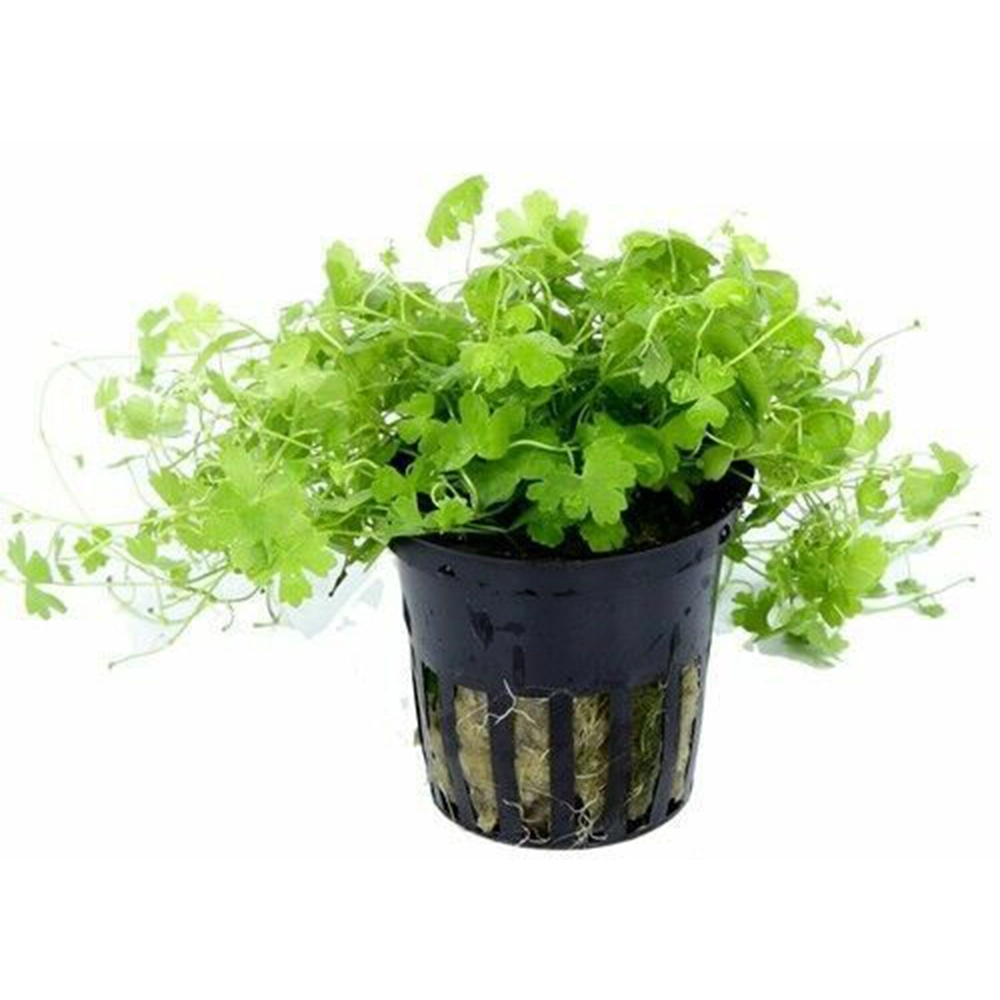


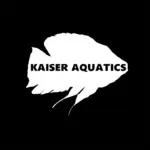
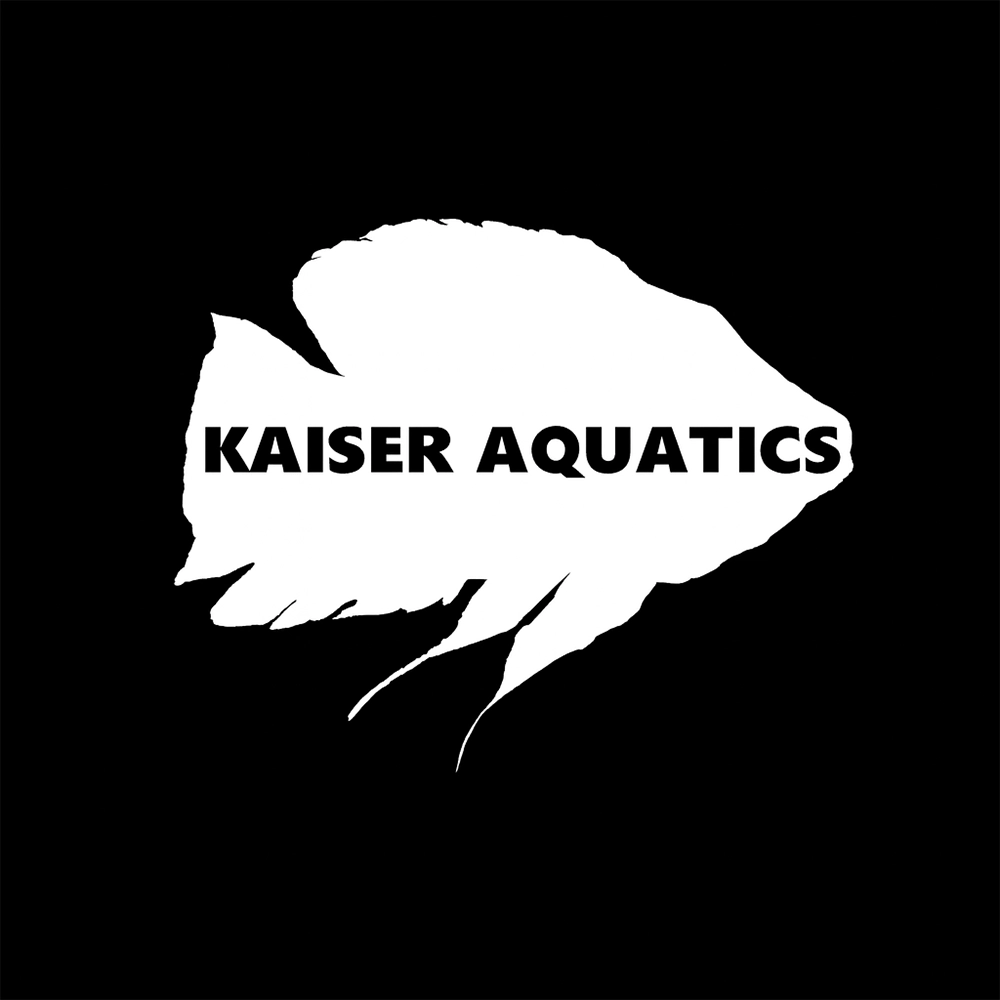
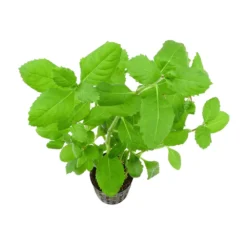
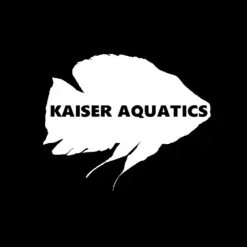
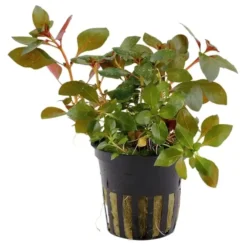
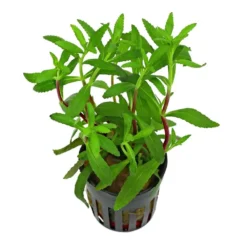
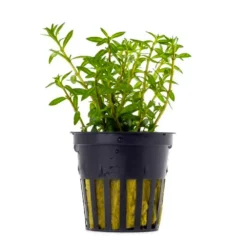
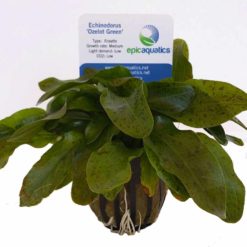
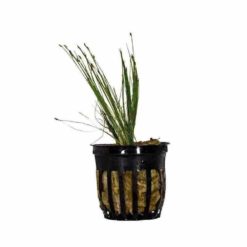
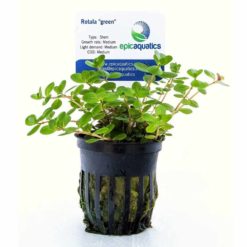
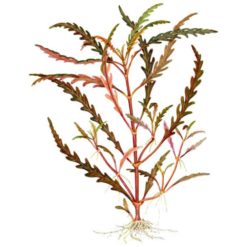
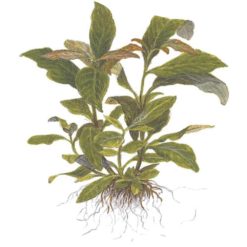
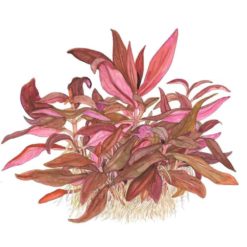
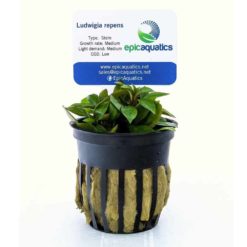
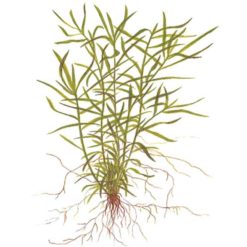


Reviews
Clear filtersThere are no reviews yet.